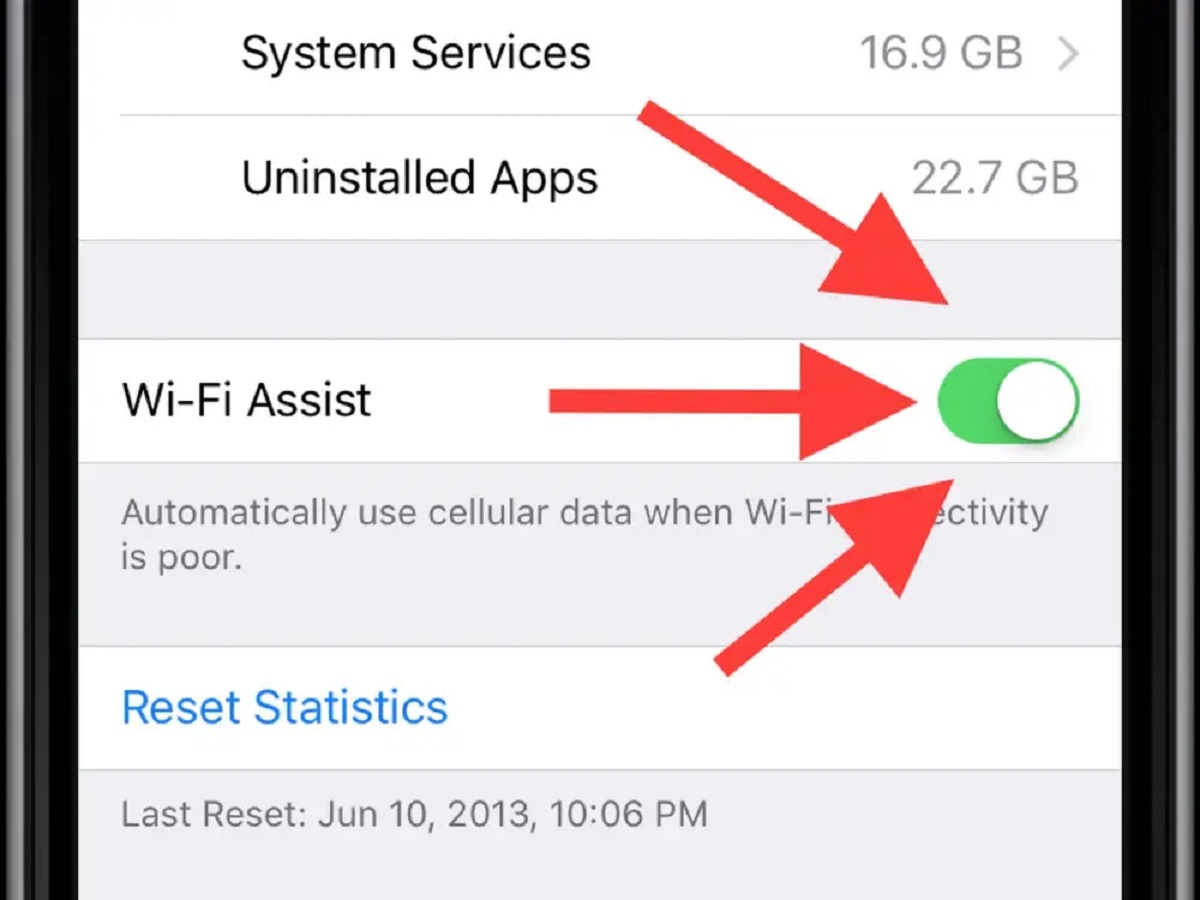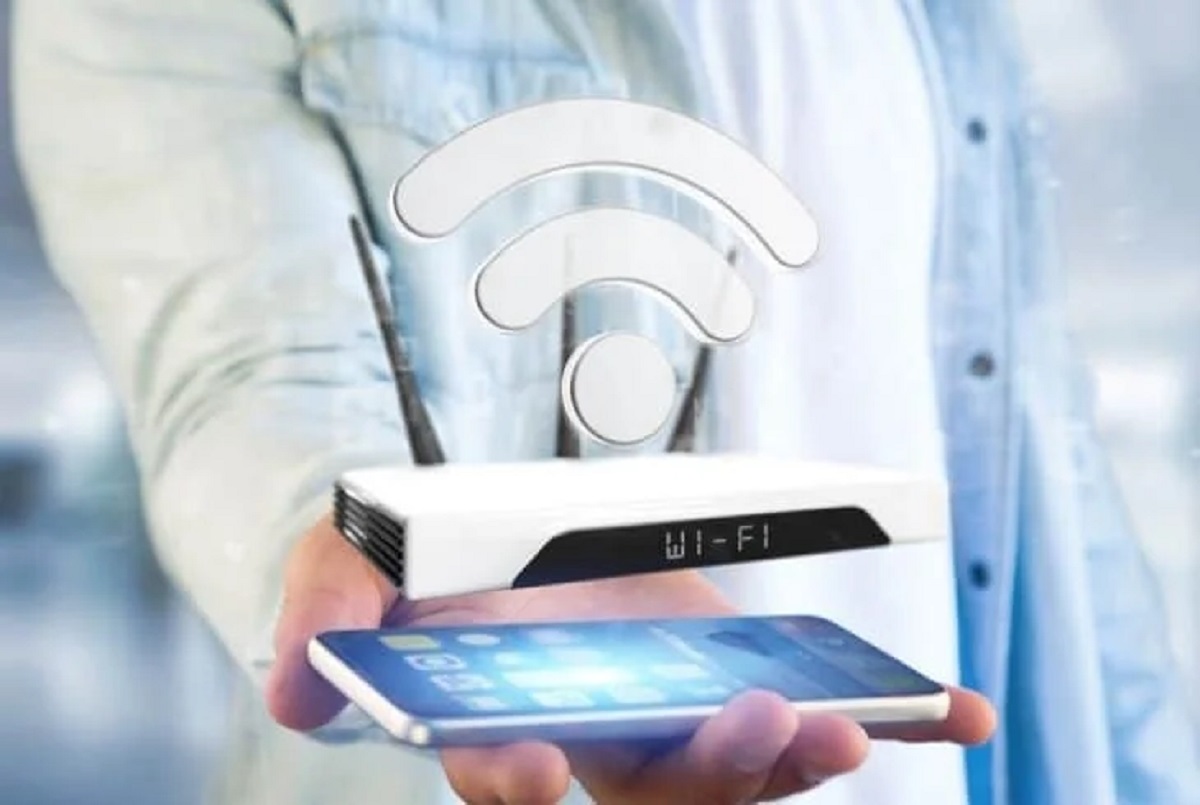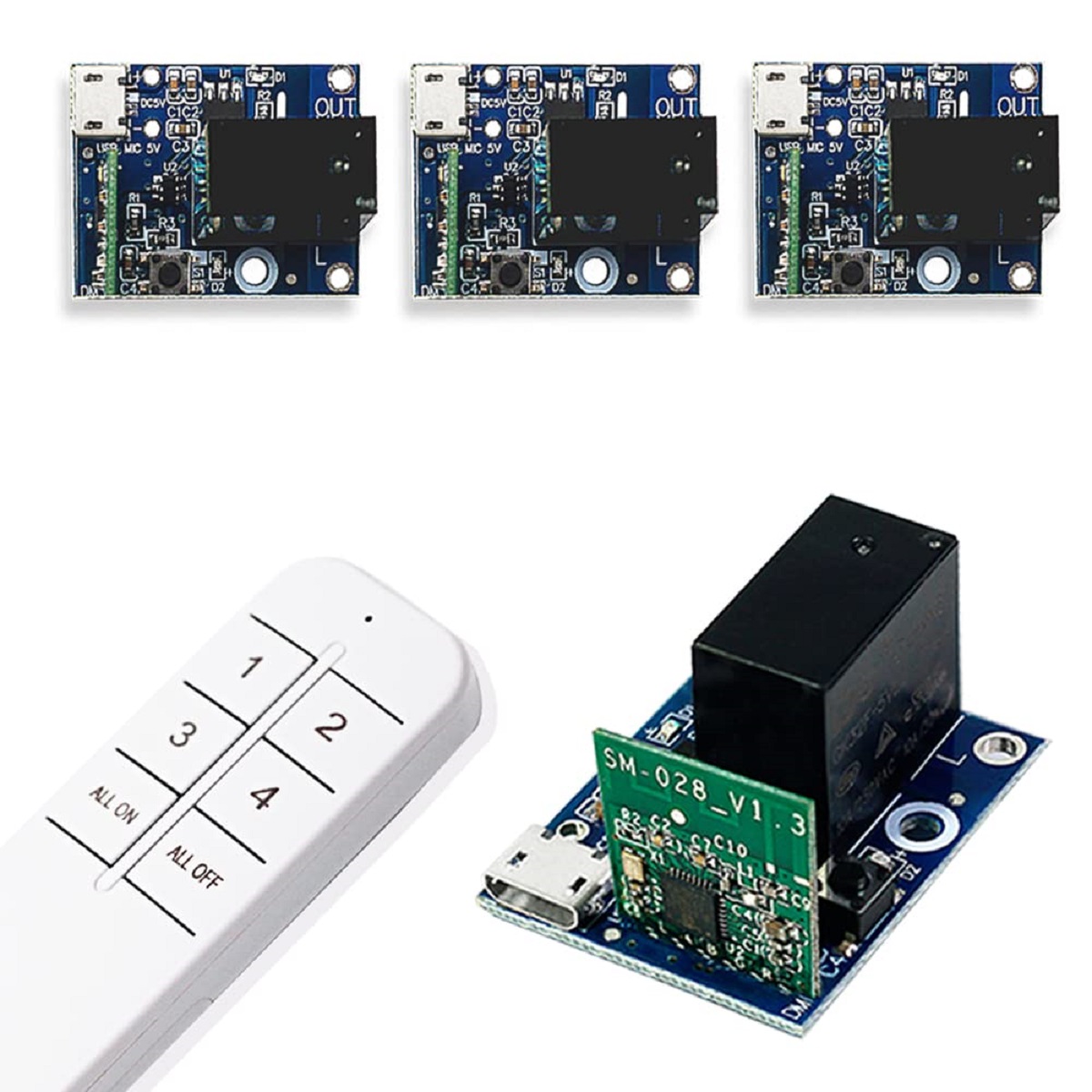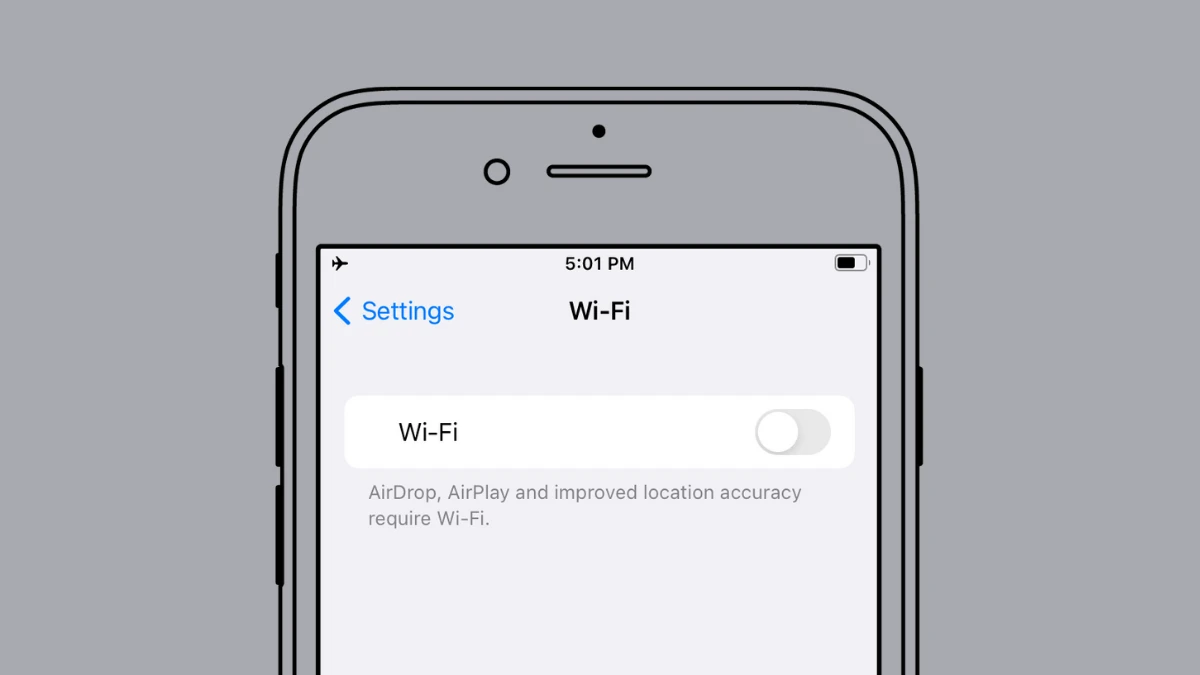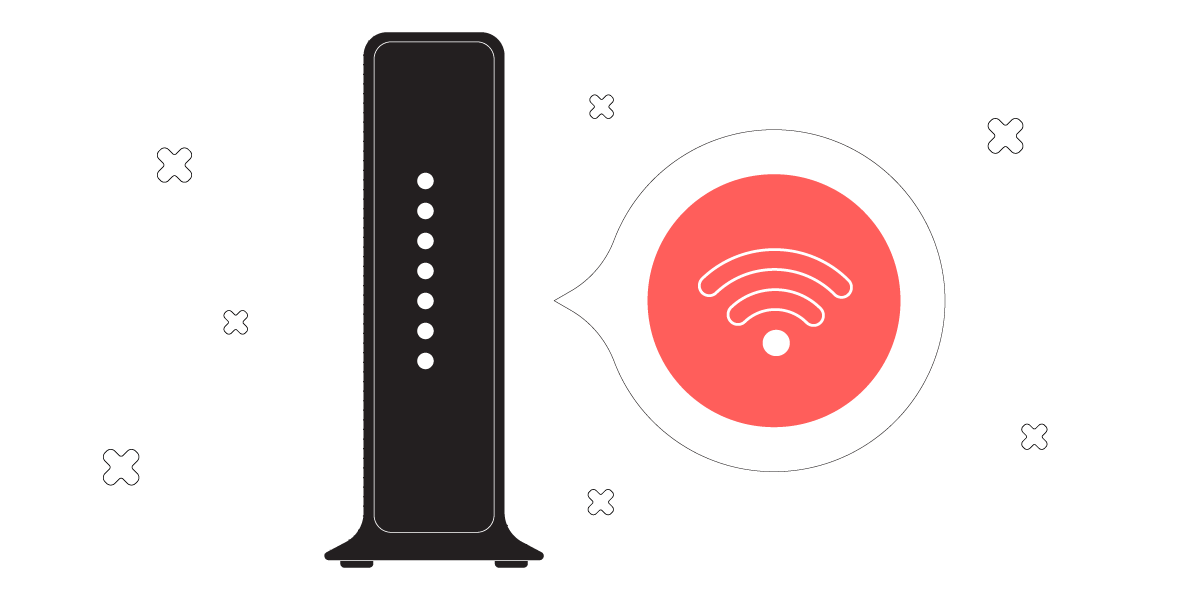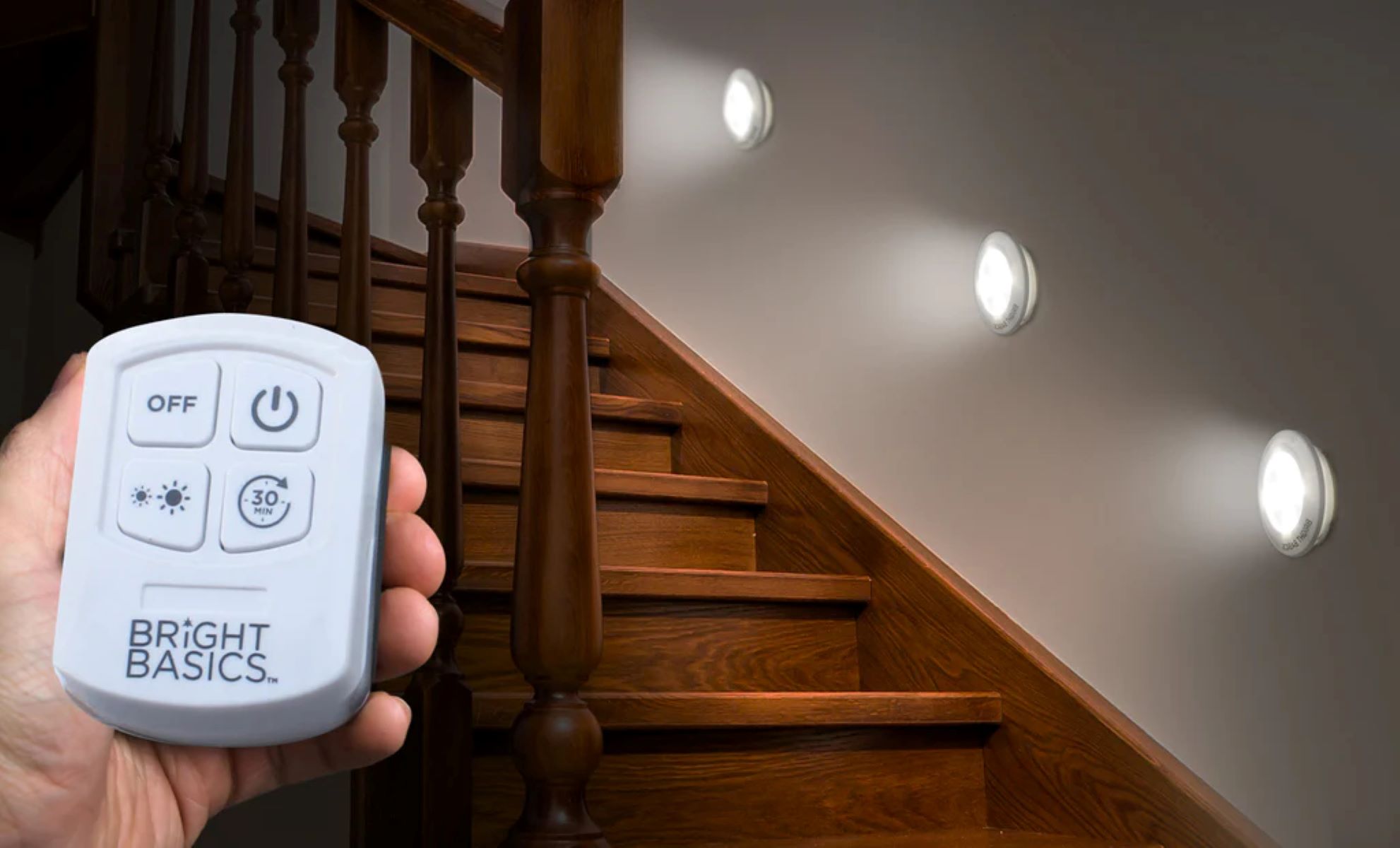Introduction
Wifi Assist is a feature found in most modern smartphones that allows for a seamless internet browsing experience by automatically switching between Wi-Fi and cellular data networks. This intelligent feature is designed to ensure a stable connection and prevent interruptions when the Wi-Fi signal is weak or unstable.
With the ever-growing reliance on Wi-Fi for internet access, Wifi Assist has become a crucial tool for smartphone users. It helps to maintain a consistent online experience and eliminates frustrating moments of slow-loading web pages or dropped connections.
Wifi Assist works by monitoring the Wi-Fi signal strength and automatically switching to cellular data when the Wi-Fi connection becomes weak or unreliable. This ensures that users can continue their online activities without interruption, such as streaming videos, downloading large files, or browsing the web.
While Wifi Assist is a convenient feature, it’s important to understand how it works and its potential benefits and drawbacks. In this article, we will delve deeper into Wifi Assist and explore its functionality, advantages, disadvantages, how to enable or disable it, and tips for using it safely.
How Does Wifi Assist Work?
Wifi Assist works by utilizing the device’s ability to seamlessly switch between Wi-Fi and cellular data networks. When enabled, it constantly monitors the strength and stability of the Wi-Fi connection. If the Wi-Fi signal becomes weak or unstable, Wifi Assist automatically switches the device to cellular data without any user intervention.
To determine whether to switch to cellular data, Wifi Assist takes various factors into consideration, including signal strength, network congestion, and data usage. If the Wi-Fi signal drops below a certain threshold or becomes too slow to maintain a reliable connection, Wifi Assist swiftly switches to cellular data to provide a seamless browsing experience.
One important thing to note is that Wifi Assist will only activate if the device is connected to a Wi-Fi network and the Wi-Fi signal is deemed inadequate. It will not switch to cellular data if the device is not connected to Wi-Fi, ensuring that users’ data plans are not unnecessarily utilized.
Furthermore, Wifi Assist also has a smart caching mechanism that helps minimize data usage when switching to cellular data. By temporarily storing and caching the data from previously visited web pages or apps, Wifi Assist reduces the amount of data needed to be fetched when switching to cellular data. This helps optimize the browsing experience and reduce the impact on the user’s data plan.
Overall, Wifi Assist operates in the background, constantly monitoring the Wi-Fi signal strength and seamlessly switching between Wi-Fi and cellular data to ensure a stable and uninterrupted internet connection.
Benefits of Wifi Assist
Wifi Assist offers several benefits to smartphone users, enhancing their internet browsing experience and ensuring a stable connection. Let’s explore some of the key advantages of this feature:
1. Seamless Browsing Experience:
With Wifi Assist, users can enjoy uninterrupted internet browsing, even in areas with weak or unstable Wi-Fi signals. The feature automatically switches to cellular data when the Wi-Fi connection is not strong enough, ensuring smooth loading of webpages and preventing frustrating delays.
2. Reliable Connection:
By swiftly switching to cellular data when needed, Wifi Assist ensures users remain connected at all times. This is particularly useful in crowded areas where Wi-Fi networks can become congested, leading to slow connections or dropped signals. Wifi Assist helps maintain a consistent internet connection, allowing users to stay connected whether they are streaming media or participating in video calls.
3. Optimal Data Usage:
Wifi Assist’s smart caching mechanism helps optimize data usage. By temporarily storing and caching data, the feature reduces the amount of data required when switching to cellular data. This can result in significant data savings, particularly for users with limited cellular data plans.
4. Improved Battery Life:
When a device is connected to a weak Wi-Fi signal, it often requires more power to maintain a stable connection. With Wifi Assist, the device switches to cellular data, reducing the strain on the battery. This can lead to improved battery life, allowing users to enjoy their devices for longer periods without the need for frequent recharging.
5. Convenient and User-Friendly:
Wifi Assist operates seamlessly in the background without any user intervention. Users do not need to manually switch between Wi-Fi and cellular data networks, as Wifi Assist automatically does this for them. This convenience and user-friendly aspect make Wifi Assist a valuable feature for smartphone users.
In summary, Wifi Assist offers a range of benefits, including uninterrupted browsing, reliable connections, optimal data usage, improved battery life, and user-friendliness. These advantages make Wifi Assist a valuable tool in ensuring a smooth and enjoyable internet experience on smartphones.
Potential Drawbacks of Wifi Assist
While Wifi Assist offers numerous benefits, there are a few potential drawbacks that users should be aware of. Let’s examine some of these considerations:
1. Increased Data Usage:
One of the main concerns with Wifi Assist is the potential for increased data usage. When the feature switches to cellular data, it can consume more data if the user is not connected to an unlimited data plan. This increased data usage can lead to unexpected charges or quickly deplete the user’s data allowance.
2. Limited Control:
Wifi Assist operates automatically in the background, which means users have limited control over when it switches to cellular data. While this can be advantageous in maintaining a seamless connection, it may not be ideal for users who prefer to manage their data usage manually or have specific requirements in certain situations.
3. Potential Battery Drain:
While Wifi Assist can help improve battery life by switching to cellular data in areas with weak Wi-Fi signals, it can also lead to increased battery drain. When the device constantly switches between Wi-Fi and cellular data, the additional network activity can impact battery performance and require more frequent charging.
4. Limited Customization Options:
Wifi Assist does not offer extensive customization options. Users can only enable or disable the feature as a whole; there are no granular settings to control how and when the switch to cellular data occurs. This limited customization may not cater to the specific preferences or data management needs of some users.
5. Reliance on Cellular Coverage:
While Wifi Assist helps maintain a reliable connection when Wi-Fi signals are weak, it is dependent on the availability and strength of the cellular network. In areas with poor cellular coverage, Wifi Assist may not be as effective in ensuring a stable internet connection compared to a stronger Wi-Fi signal.
It’s important to weigh these potential drawbacks against the benefits of Wifi Assist and consider individual needs and preferences when deciding whether to enable or disable this feature on your smartphone.
How to Enable or Disable Wifi Assist
Enabling or disabling Wifi Assist on your smartphone is a straightforward process. The steps may vary slightly depending on the operating system and device you are using, but the general steps are as follows:
For iOS:
1. Open the Settings app on your iPhone or iPad.
2. Scroll down and tap on “Cellular” or “Mobile Data”.
3. Scroll down again until you find the “Wi-Fi Assist” option.
4. To enable Wifi Assist, toggle the switch to the ON position. The switch will turn green when enabled.
5. To disable Wifi Assist, toggle the switch to the OFF position. The switch will turn gray when disabled.
For Android:
1. Open the Settings app on your Android device.
2. Look for the “Connections” or “Network & Internet” option and tap on it.
3. Depending on your device, you may need to tap on “Wi-Fi” or “Data usage”.
4. Look for the “Wi-Fi Assist” or “Smart Network Switch” option.
5. To enable Wifi Assist, toggle the switch to the ON position. The switch will turn blue or green when enabled.
6. To disable Wifi Assist, toggle the switch to the OFF position. The switch will turn gray or white when disabled.
Remember, the names and locations of these options may vary depending on the specific Android device and the version of the operating system you are using.
By following these steps, you can easily enable or disable Wifi Assist on your smartphone according to your preference and specific needs.
Tips for Using Wifi Assist Safely
While Wifi Assist can greatly enhance your internet browsing experience, it is important to use it responsibly to avoid any potential issues. Here are some tips for using Wifi Assist safely:
1. Monitor Data Usage:
Keep an eye on your data usage to ensure that Wifi Assist does not unintentionally lead to excessive data consumption. Set data usage alerts or limits on your device to help manage and control your data usage effectively.
2. Connect to Secure Wi-Fi Networks:
Prioritize connecting to secure Wi-Fi networks whenever possible. When Wifi Assist switches to cellular data, it can potentially expose your device to mobile data security risks. Utilize virtual private network (VPN) connections or other security measures to protect your data when using cellular data networks.
3. Disable Wifi Assist in Roaming Areas:
When traveling abroad or in areas where you might incur roaming charges, consider disabling Wifi Assist to prevent unintentional data usage. Cellular data charges can be significantly higher when roaming, so it’s important to manually control your data usage in such situations.
4. Monitor Battery Usage:
Keep an eye on your device’s battery usage when using Wifi Assist. If you notice a significant drain on your battery, consider disabling the feature or adjusting other settings to optimize battery performance.
5. Regularly Update Your Device’s Software:
Make sure to keep your device’s operating system and apps up to date. Updates often include bug fixes and performance improvements, which can enhance the functionality and stability of Wifi Assist.
6. Adjust App Settings:
Some apps may have their own settings or preferences that allow you to control data usage. Take the time to review and adjust these settings to optimize your data usage and ensure a smoother browsing experience with Wifi Assist.
By following these tips, you can use Wifi Assist safely and optimize your browsing experience while minimizing potential issues related to data usage and security.
Conclusion
Wifi Assist is a valuable feature that enhances the internet browsing experience on smartphones by seamlessly switching between Wi-Fi and cellular data networks. It ensures a stable connection and uninterrupted browsing even in areas with weak Wi-Fi signals. By automatically switching to cellular data when needed, Wifi Assist offers a range of benefits, including seamless browsing, reliable connections, optimal data usage, improved battery life, and user-friendliness.
While Wifi Assist has its advantages, it’s important to be aware of potential drawbacks, such as increased data usage, limited control, potential battery drain, limited customization options, and reliance on cellular coverage.
To enable or disable Wifi Assist, follow the specific steps outlined for your device’s operating system. By monitoring data usage, connecting to secure Wi-Fi networks, disabling Wifi Assist in roaming areas, and regularly updating your device’s software, you can use Wifi Assist safely and optimize your browsing experience.
When used responsibly and with consideration of individual needs and preferences, Wifi Assist can be a valuable tool for ensuring a seamless and stable internet connection on smartphones.







